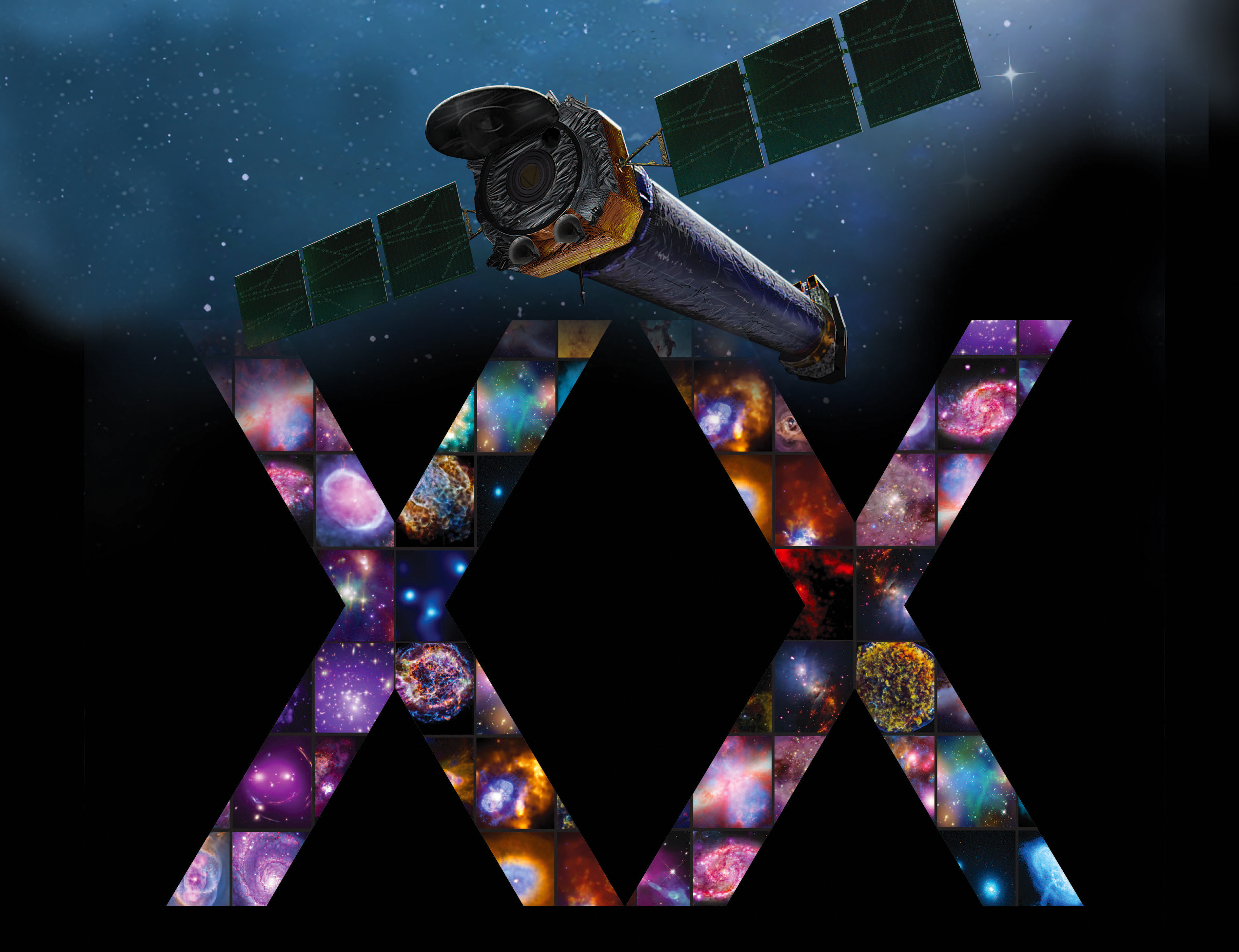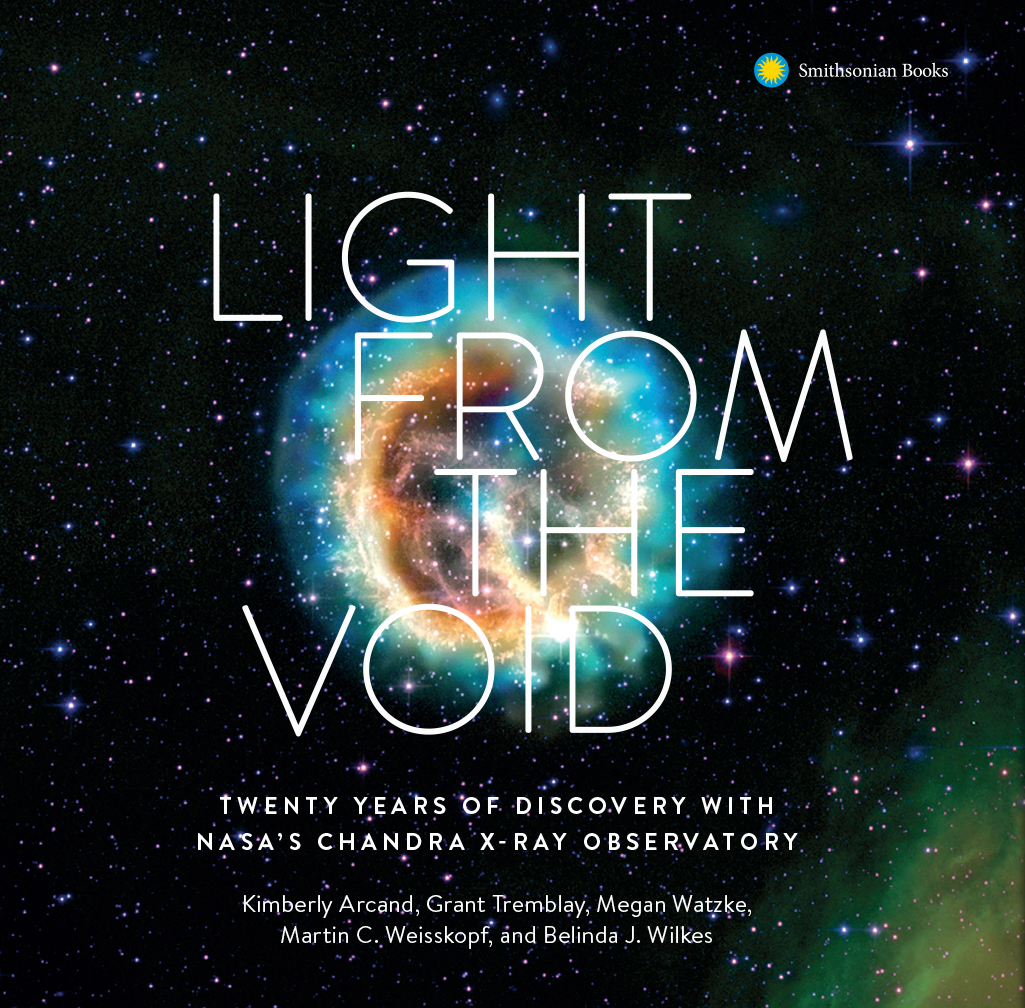November Meeting
Friday, November 1, 2019, 7:00 pm
20 Years of Chandra X-Ray Observatory
In the past 20 years, NASA’s Chandra X-ray Observatory has made profound discoveries and contributed invaluable information about objects in our Universe. Chandra is part of a rich legacy of telescopes with its X-ray lineage stretching back to the Space Age when scientists and engineers pioneered instruments that were sent above the Earth’s atmosphere. Each decade has brought new innovations and new capabilities, culminating in Chandra’s launch aboard the Space Shuttle Columbia in 1999. Chandra has strong astronomical family ties across the electromagnetic spectrum. As part of NASA’s “Great Observatories” program, Chandra was designed and built to observe X-rays alongside the Hubble Space Telescope, the Spitzer Space Telescope, and the Compton Gamma-ray Observatory. The quest to explore the Universe is both multiwavelength and multimessenger in nature, with many significant discoveries requiring information from different types of light as well as gravitational waves and more. Learn more about Chandra, and the pivotal role it has played in understanding our Universe.
Kimberly Kowal Arcand is the Visualization Lead for NASA’s Chandra X-ray Observatory, which has its headquarters at the Smithsonian Astrophysical Observatory in Cambridge, Massachusetts. Arcand is an award-winning producer and director. She is a leading expert in studying the perception and comprehension of high-energy data visualization across the novice-expert spectrum. As a science data storyteller she combines her background in molecular biology and computer science with her current work in the fields of astronomy and physics. She was a nominated "Changemaker" for the White House State of Women Summit in 2016 and selected as a speaker for the U.S. Department of State Speaker Program in 2019.
Arcand has been the principal investigator for numerous NASA-funded programs as well as a project for the United Nations’ International Year of Light. Arcand presented her TEDx talk "How to hold a dead star in your hand" in April 2016. Arcand has been the recipient of group and individual awards from NASA and the Smithsonian. She was team lead in the development of the Chandra submission that won the Pirelli International award for science communication in Physics in 2007. She was principal investigator and co-chair for the “From Earth to the Universe” (FETTU) astronomical exhibition project that occurred in 1,000 locations across 70 countries (in 40 languages) from 2009-2011. FETTU was awarded the Mani Bhaumik Prize for Excellence in Astronomy Education and Public Outreach for which prize Arcand co-presented the keynote speech at the Communicating Astronomy with the Public 2010 Conference, in Cape Town, South Africa. She is principle researcher in the Aesthetics and Astronomy image response research project with international participation. Arcand has been an employee of the Smithsonian Institution since June 1998, and won the Smithsonian Achievement Award in 2016.
She co-wrote the non-fiction books “Your Ticket to the Universe: A Guide To Exploring the Cosmos,” Smithsonian Books (2013); "Light: The Visible Spectrum and Beyond," Black Dog & Leventhal/Hachette Book Group (2015); and "Coloring the Universe: An Insider's Guide to Making Spectacular Images of Space," University of Alaska press (2015). She co-authored a fourth book with Megan Watzke, "Magnitude: The Scale of the Universe," published in 2017 with Black Dog & Leventhal, which debuted on Amazon as a #1 New Release. Her latest co-authored book, “Light from the Void” will be published with Smithsonian Books in October of 2019.
Kim will have some copies of her newest book "Light from the Void" for sale (cash or check only).





